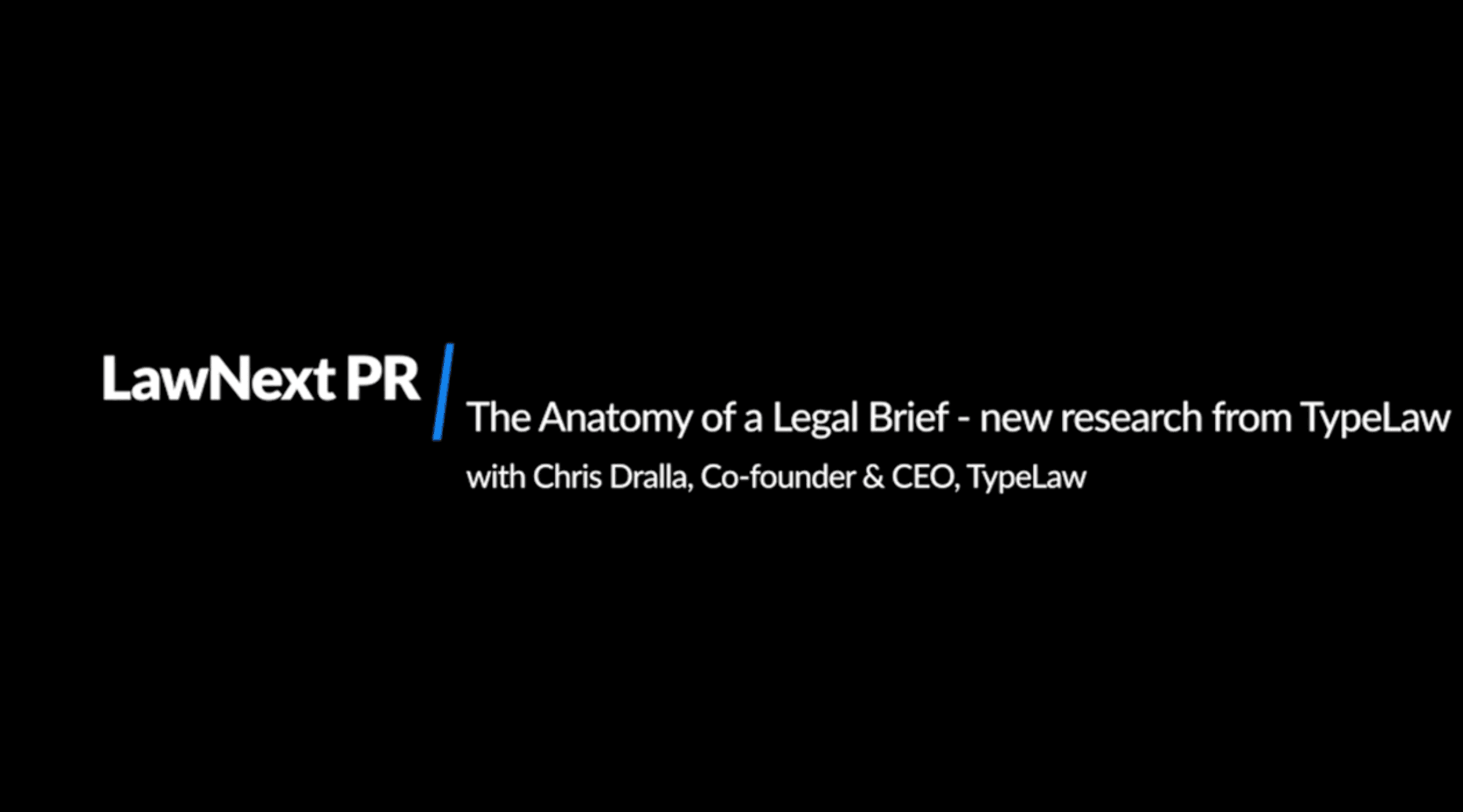Document Technology Tech Center
Types of products you will find in this Legal Tech Center are:
Citation Checking. Citation checking software ensures that legal citations in documents conform to Bluebook or other appropriate style. These products may also flag questionable citations and suggest additional relevant authorities.
Document Automation and Assembly. These products aid the creation of reusable electronic document templates, forms and content modules from existing precedents, forms or user text, and the assembly of completed documents and document packages that combine templates with additional data inputs, often using logic-based processing. Document automation tools may include document drafting and manipulation tools.
Document Review and Analysis. These tools automate the review of a set of documents to find and report qualitative and quantitative information based on user-defined criteria. Often, they also extract and/or code relevant data segments for further use.
Document Checking and Formatting. These tools aid with formatting and improving the internal text and organization of a document (such as by creating tables of contents, performing copyediting, grammar checks, and citation formatting and translations and redaction) and with combining, separating, or converting document formats.
Document Management. These products manage the organized storage, access to and retrieval of electronic documents, usually in a centralized shared repository. Document management applications typically enable user retrieval of documents based on user classifications and indexed terms, auto-generated metadata and search functionalities. Additional functionalities may include document analytics, document assembly, approval and signature processing, obligation monitoring and notifications, and integration with case management, contract management and knowledge management systems.

